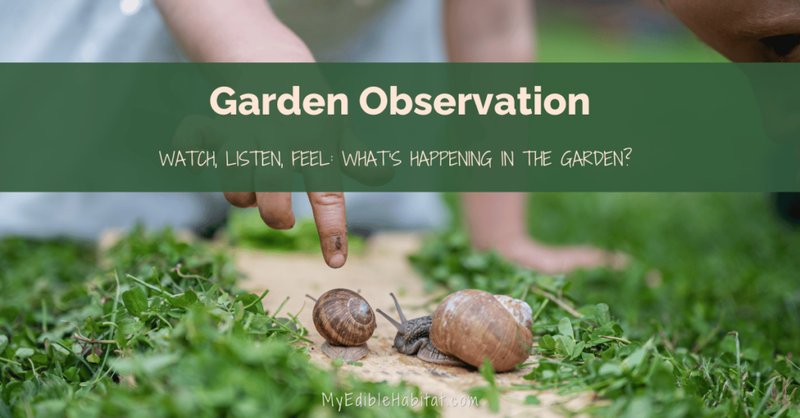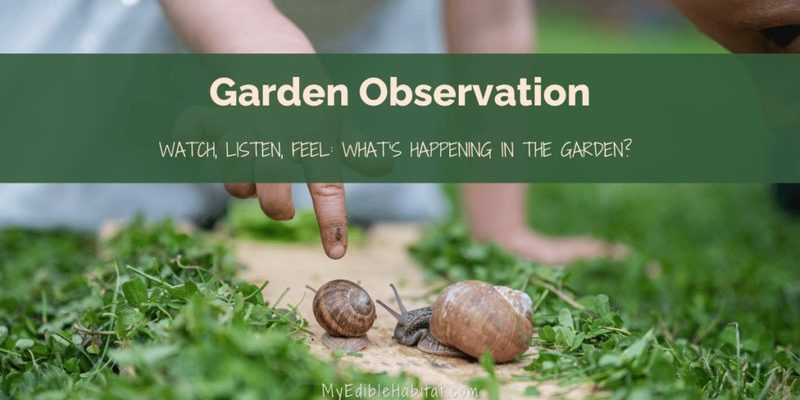
Inchworms make their homes in trees, shrubs, and even gardens. They’re not just the stars of our miniature wildlife shows; they also play an essential role in the ecosystem. By creating a habitat garden specifically for them, you’re not only making a lovely space for observation but also supporting a vital part of nature. So, let’s dive into how you can set up your own inchworm-friendly garden!
Understanding Inchworm Behavior and Habitat Needs
Before you start planting, it’s essential to understand what inchworms need to thrive. Inchworms are the larvae of various moth species, and they are typically found in woodlands and gardens during spring and summer. They love to munch on the leaves of trees and shrubs, so a garden with the right plants can really attract them.
**Food Sources:** Here are some plants that inchworms particularly enjoy:
- Maple trees
- Oak trees
- Elm trees
- Fruit trees, like apple and cherry
- Hawthorn
When planning your garden, think about having a mix of these trees and shrubs. This not only provides food but also shelter for inchworms to hide from predators. You might be wondering how to keep them safe; creating a garden that mimics their natural environment will help!
Choosing the Right Plants for Your Habitat Garden
When creating a habitat garden, your plant choices are crucial. Inchworms need a variety of plants to eat and hide in. It’s like throwing a buffet party: the more options you provide, the more guests (or inchworms) you’ll attract!
**Native Plants Are Key:** Selecting native plants is a fantastic way to ensure your garden thrives. Native plants are adapted to your local climate and soil, making them easier to grow. Plus, they often support local wildlife better than non-native plants. For example, consider adding:
- Milkweed (a favorite for many caterpillars)
- Sumac
- Dogwood
These plants will not only help draw inchworms but will also provide habitats for other beneficial insects and wildlife.
Designing Your Garden for Observation
Creating a space for inchworm observation is about more than just planting a few trees. You want to design your garden to make it easy for you to see these little critters in action. Think of it like setting up your own nature documentary set!
**Key Features:** Here are some design elements to consider:
1. **Pathways:** Create clear paths through your garden to allow for easy viewing. Mulch or gravel can make a nice walking surface.
2. **Seating Areas:** Add benches or simple garden chairs in spots where you can sit and watch without disturbing the inchworms.
3. **Diverse Levels:** Incorporate plants at different heights. Taller trees attract inchworms, while shorter plants can help create a layered look that’s visually interesting.
Creating a visually appealing and functional garden will enhance your inchworm viewing experience.
Encouraging Inchworms to Visit Your Garden
Once your garden is set up, it’s time to encourage inchworms to make it their home. Some tricks can help make your space more inviting.
**Attracting Them:**
– **Leave Some Leaves:** Don’t be too quick to prune back your plants. Leaving some decaying leaves can provide food and shelter for inchworms.
– **Minimal Pesticides:** Using fewer chemicals in your garden will ensure that inchworms and other beneficial insects aren’t harmed.
You might be surprised by how quickly nature steps in once you create an inviting atmosphere. It’s like throwing a party for the tiniest guests!
Monitoring and Observing Your Inchworms
Now that your habitat garden is thriving, how do you start observing the inchworms? This process can be as simple as spending time in your garden regularly.
**Keep a Journal:** Consider keeping a garden observation journal. Write down what you see, when you see inchworms, and the plants they seem to favor. You might notice patterns that let you know when they are most active or how they interact with other insects.
**Photography:** If you love taking photos, grab your camera or phone and capture their movements. It’s like having a mini photo shoot with nature. You’ll be able to share your observations with friends or online communities passionate about gardening or wildlife.
Common Challenges and Solutions
Even the best-planned gardens can have hiccups. You might run into unexpected challenges when observing inchworms. Here are a few common problems and how to solve them.
**Predators:** Sometimes, inchworms can be preyed upon by birds and other insects. To help protect them, consider planting dense bushes that provide cover.
**Plant Health:** If your plants start to look sick, it may be time to check for pests. Instead of reaching for harsh chemicals, try organic pest control methods to keep your inchworms safe.
Remember, it’s all part of the gardening learning curve. Embrace the process and take notes on what works and what doesn’t.
Enjoying the Fruits of Your Labor
By creating a habitat garden for inchworm observation, you’re not just growing plants—you’re fostering a mini ecosystem. It’s a rewarding experience that can teach you so much about nature.
You’ll likely find yourself falling in love with the small things: the delicate inching of a caterpillar, the flutter of a butterfly, or even the rustling of leaves as your garden comes alive. It’s like having a front-row seat to the incredible drama of nature!
So, grab your gardening gloves, a notebook, and perhaps a camera, and get started on your inchworm observation journey. You’re sure to uncover more than just inchworms along the way!

